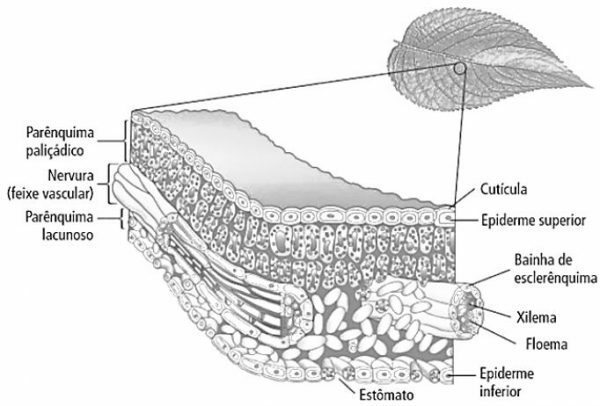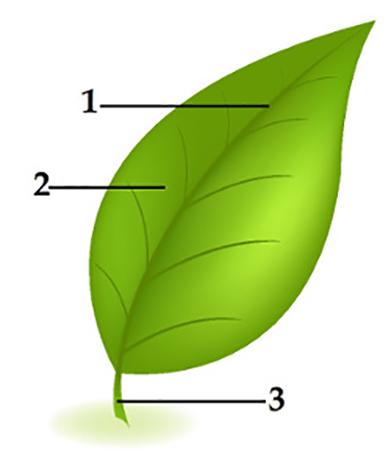Ants are invertebrate animals, with the largest number of species in the insect group.
They belong to the Phylum Arthropoda, Order Hymenoptera and all species are part of the Family Formicidae.
There are approximately 18,000 species of ants. In Brazil, there are about 2,000 species, making it the country with the greatest diversity of ants in the Americas.
General features
Anatomically, ants have three pairs of legs, a pair of compound eyes, a pair of antennae, and a pair of jaws. The pair of jaws make up your chewing mouthparts, essential for your lifestyle.
As for food, it can be said that it varies according to the species. Leaf-cutting ants, for example, feed on fungi that they grow in their nest. Meanwhile, other species use plant sap, nectar, insect shells and human food remains for their food.
 Leaf-cutting ants nourish a fungus with pieces of vegetables. In return, they feed on the fungus.
Leaf-cutting ants nourish a fungus with pieces of vegetables. In return, they feed on the fungus.
Ants, like other insects, communicate through pheromones, a chemical that causes specific reactions between individuals of the same species. Thus, they can leave a chemical signal that serves as a warning or warning to other ants.
Learn more about insects.
the ant colony
Ants are holometabolic insects, that is, they present metamorphosis complete. They pass through the egg, larva, pupa and adult stages.
Ants are also social insects who live in colonies, where individuals make the divisions of tasks. In a colony we find the queen, workers and males.
All individuals go through the egg, larva, pupa and adult stages. However, what determines whether the female larva will become queen or worker is the quantity and quality of food it will receive at this stage. Those who will be queens receive more and better quality food.
As for the functions in the colony, the workers are responsible for the construction, maintenance and cleaning of the nest, care for the offspring and defense.
The male is only responsible for the reproductive function. They remain in the nest until the nuptial flight, when they look for a spawning female. After that, they die, even if they haven't copulated.
Read more about the societies in the animal kingdom.
Ant habitat
Ants live in colonies. They can inhabit virtually all environments, with the exception of terrestrial poles.
Leaf-cutting ants build large nests underground, which can extend for several meters. Other species build their nests in small pieces of wood under the forest's leaf litter. They can also be found in treetops, nuts and decaying leaves. In addition to those found in an urban environment.
Curiosities
- There may be more than eight million ants in just one hectare of upland forest in the Amazon;
- Some species of ants are used to feed human beings. In this case, they are roasted;
- The study of ants is called myrmecology.


